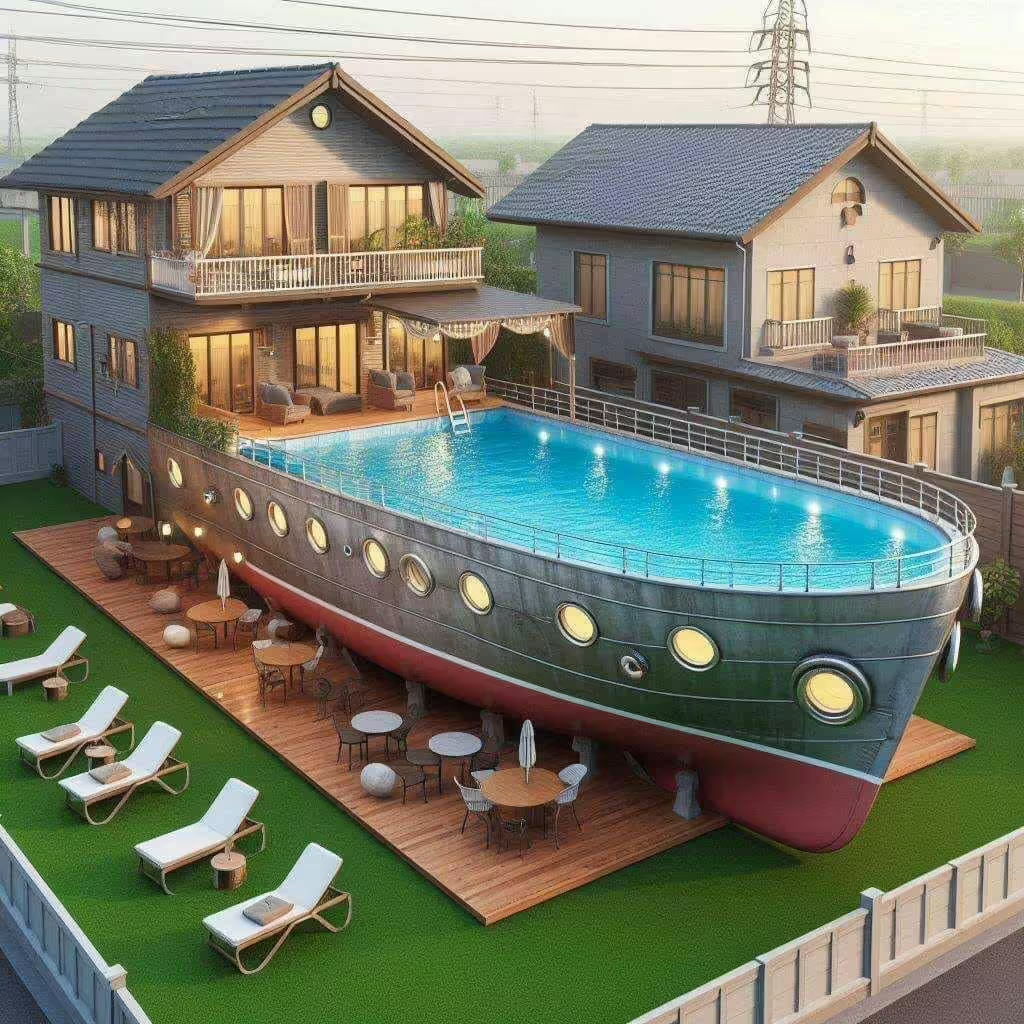A sparkling swimming pool is the centerpiece of any backyard oasis, offering relaxation and recreation for family and friends alike. To maintain its pristine condition and ensure optimal enjoyment throughout the seasons, regular upkeep is essential. Whether you’re a new pool owner or seasoned enthusiast, understanding the basics of maintaining a “Ship Shape Swimming Pool” will help you keep your investment in top condition.
Why Maintenance Matters
Importance of Regular Maintenance
Regular maintenance not only enhances the aesthetic appeal of your swimming pool but also extends its lifespan. A well-maintained pool ensures safe swimming conditions by preventing the buildup of harmful bacteria and algae, reducing the need for costly repairs down the line.
Essential Maintenance Tips for a Ship Shape Swimming Pool
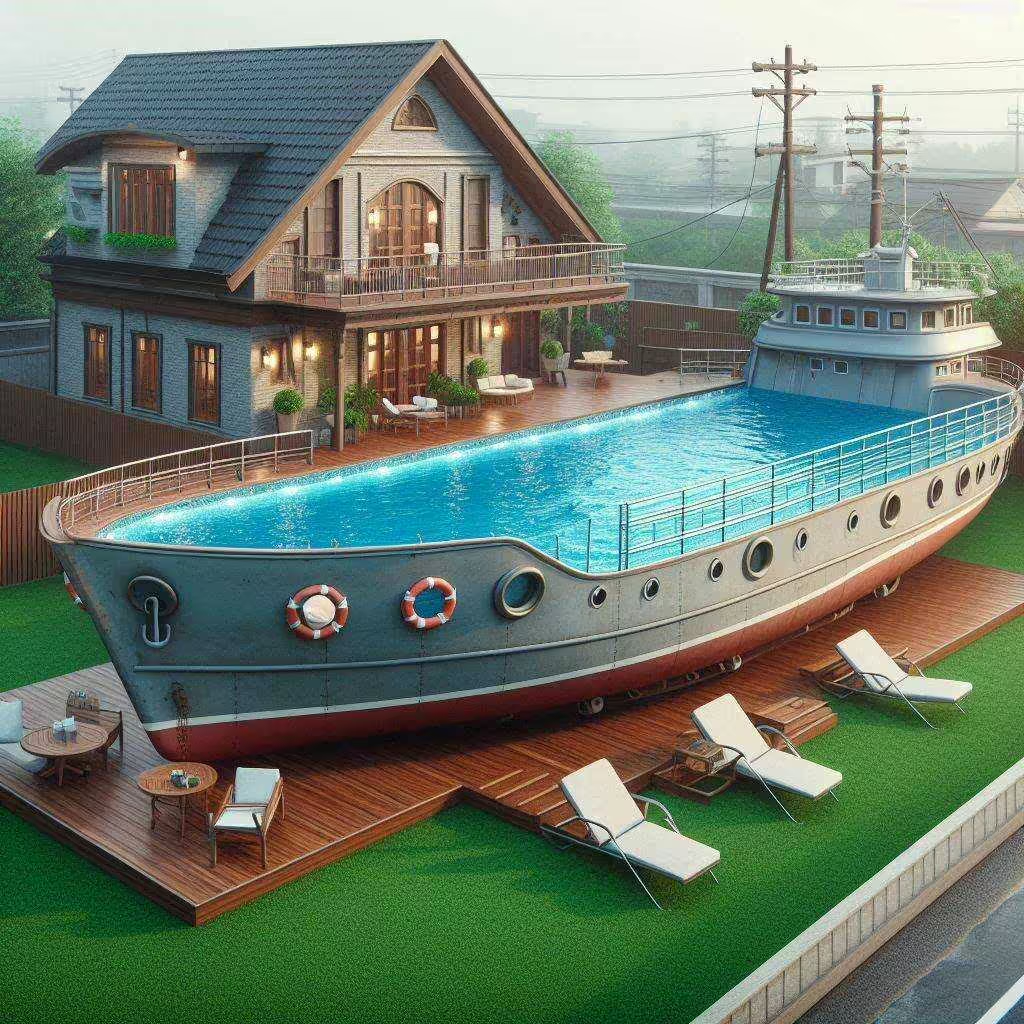
Skimming and Cleaning
To keep your pool water crystal clear, skim the surface daily to remove leaves, insects, and debris. Use a pool vacuum to clean the floor and walls weekly, ensuring thorough removal of dirt and algae buildup.
Balancing Chemical Levels
Maintaining proper chemical balance is crucial for water clarity and sanitation. Test the water regularly using a pool testing kit and adjust pH, chlorine, and alkalinity levels as needed. This prevents bacterial growth and ensures a safe swimming environment.
Filter Maintenance
Clean your pool’s filter system monthly to remove debris and optimize filtration efficiency. Depending on the type of filter (cartridge, sand, or diatomaceous earth), follow manufacturer guidelines for cleaning and replacement intervals.
Inspect and Repair
Regularly inspect your pool equipment, such as pumps, heaters, and pipes, for signs of wear or leaks. Addressing minor issues promptly prevents them from escalating into costly repairs later on.
Winterizing (Seasonal Maintenance)
Before winter sets in, properly winterize your pool to protect it from freezing temperatures and debris accumulation. This includes lowering the water level, draining pipes and equipment, and covering the pool with a sturdy winter cover.
Additional Maintenance Tips for a Ship Shape Swimming Pool

Brushing and Scrubbing
Regularly brush and scrub the pool walls and tiles to prevent the buildup of algae and calcium deposits. This not only enhances the pool’s appearance but also reduces the need for excessive chemical use.
Monitor Water Level and Circulation
Ensure proper water circulation by running the pool pump for an adequate number of hours each day, based on your pool size and usage. Additionally, maintain the water level to ensure optimal pump and skimmer performance.
Shock Treatment
Perform regular shock treatments to eliminate contaminants and restore water clarity. This process involves adding a concentrated dose of chlorine to the pool to oxidize organic matter and kill bacteria.
Maintain Pool Covers
If you use a pool cover, keep it clean and free of debris to prevent contamination when not in use. Clean and store the cover properly to prolong its lifespan and effectiveness.
Regular Professional Inspections
Schedule periodic inspections by a professional pool service technician to assess equipment performance, detect potential issues early, and ensure your pool meets safety and operational standards.
Eco-Friendly Tips for Sustainable Pool Maintenance
Use Solar Covers
Consider using a solar cover or blanket to reduce heat loss and evaporation, which can save energy and water.
Choose Energy-Efficient Equipment
Invest in energy-efficient pool pumps, heaters, and lighting systems to reduce operational costs and minimize environmental impact.
Natural Pool Cleaning Products
Opt for natural or environmentally friendly pool cleaning products to minimize chemical exposure and maintain water quality.
Advanced Tips for Ensuring Your Ship Shape Swimming Pool Stays Pristine
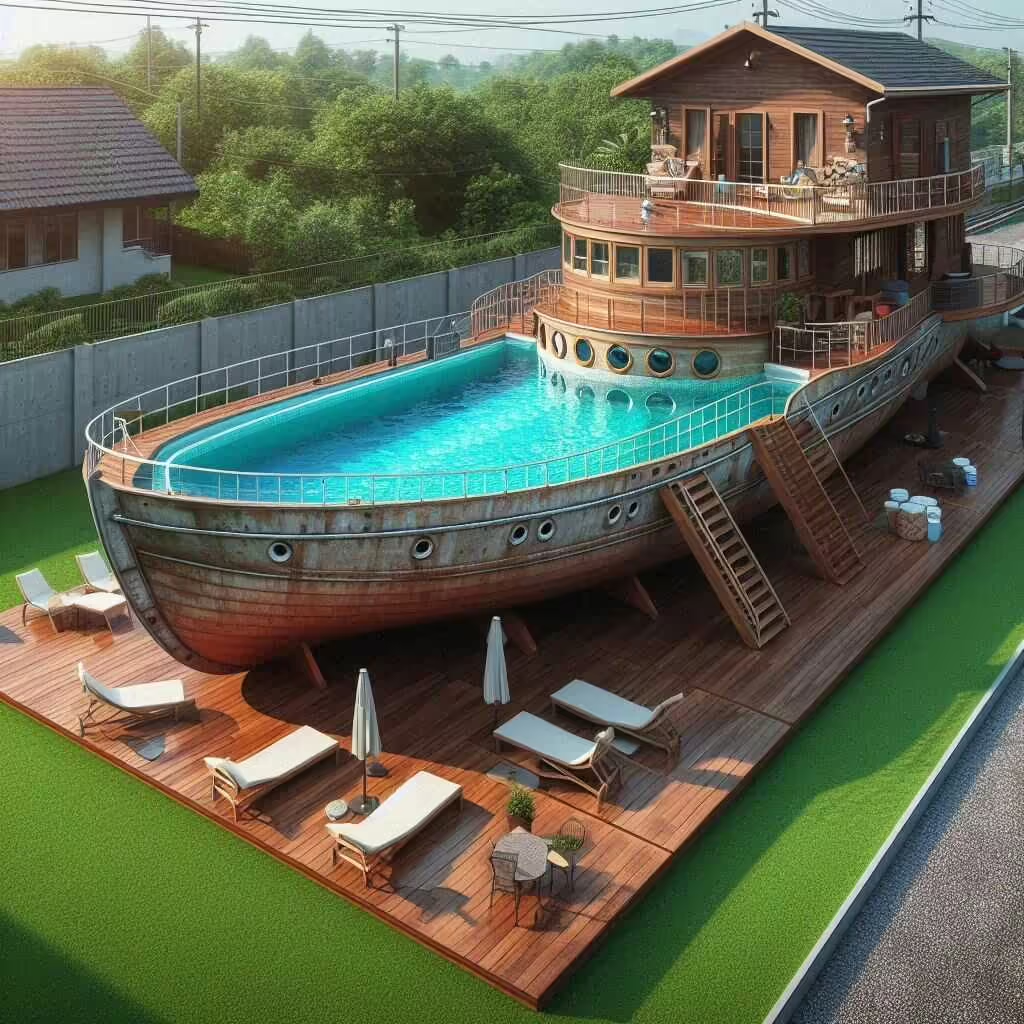
Preventative Algae Treatment
Incorporate an algaecide into your maintenance routine to prevent algae growth before it becomes a problem. Choose a product suitable for your pool type and follow manufacturer instructions for application.
Monitor and Adjust Pool Temperature
Maintain optimal water temperature for comfort and efficiency. Use a pool thermometer to monitor water temperature regularly and adjust heating settings as needed, especially during colder months.
Routine Deck and Surrounding Area Maintenance
Keep pool decks and surrounding areas clean to prevent debris from entering the pool. Regularly sweep, hose down, and remove leaves, dirt, and other debris to maintain a clean environment and prevent clogging of drains and filters.
Addressing Persistent Cloudiness
If your pool water consistently appears cloudy despite regular maintenance, consider additional filtration methods such as a clarifier or flocculant. These products help to gather small particles for easier removal by the filter, restoring water clarity.
Maintain Proper Pool Hygiene
Encourage swimmers to shower before entering the pool to reduce the introduction of contaminants. Implement rules such as no food or drinks in the pool to maintain water quality and prevent potential staining or damage.
Best Practices for Long-Term Pool Care
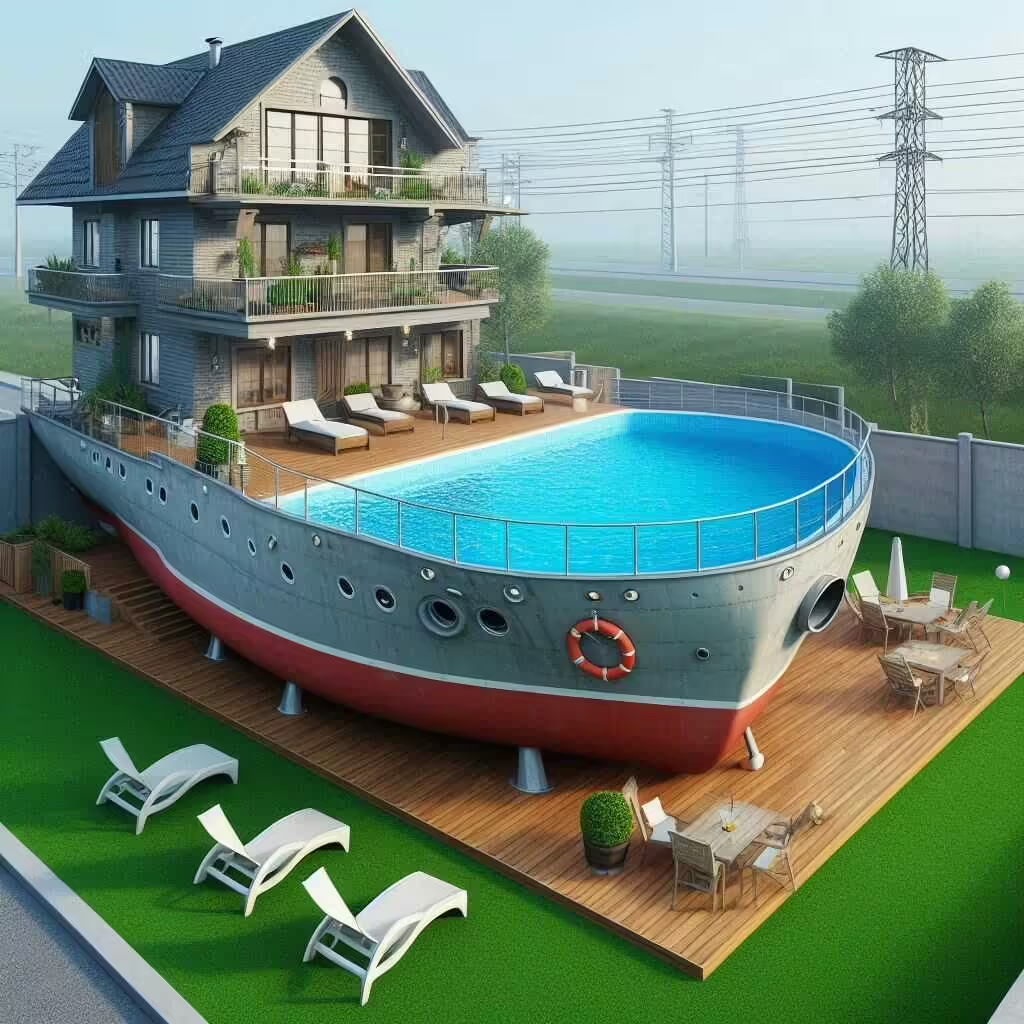
Annual Deep Cleaning
Schedule an annual deep cleaning for your pool, which may include draining and scrubbing the walls, cleaning the filter thoroughly, and inspecting all equipment for wear and tear. This comprehensive maintenance helps prolong the life of your pool and equipment.
Stay Informed and Educated
Keep up with the latest advancements in pool maintenance and technology. Attend workshops, read industry publications, or consult with pool professionals to stay informed about new products, techniques, and regulations that may affect your pool maintenance routine.
Addressing Common Pool Maintenance Challenges
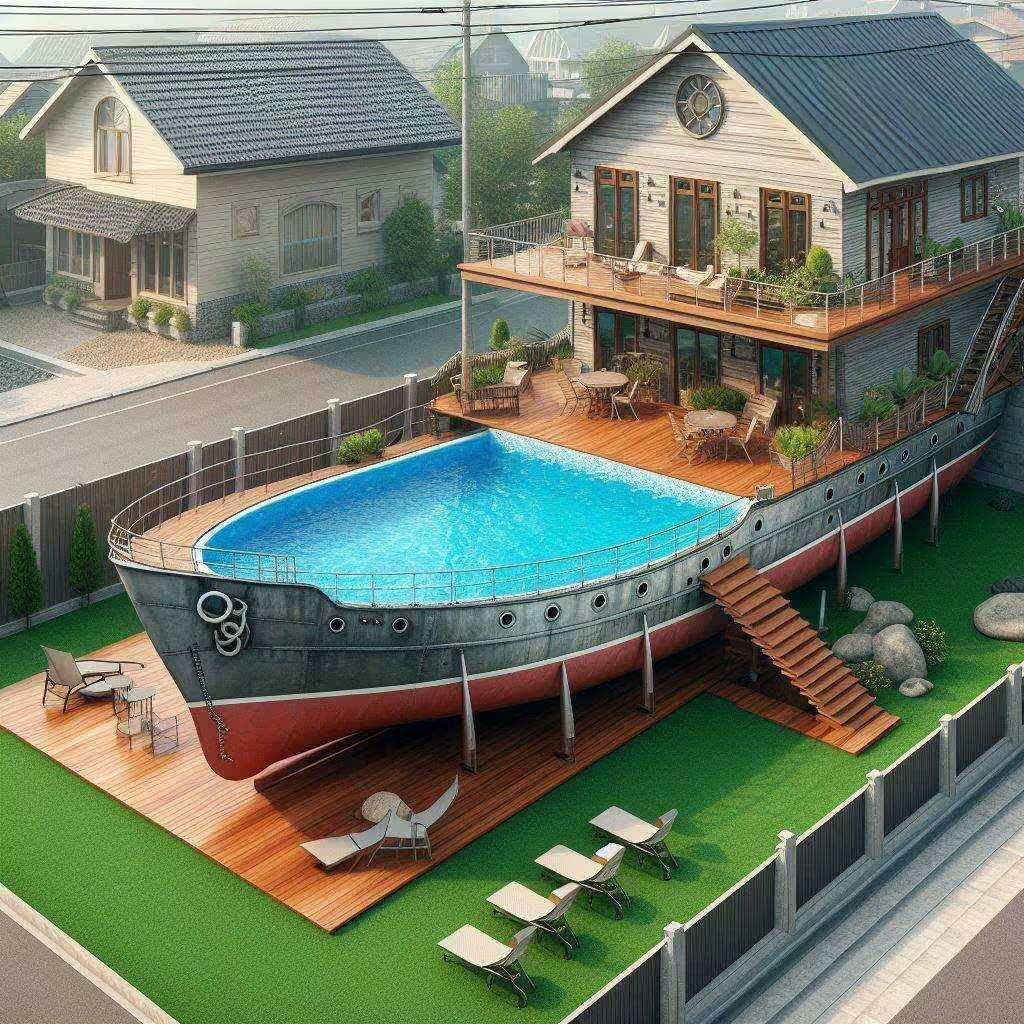
Dealing with Algae Breakouts
If you notice algae starting to develop, promptly brush the affected areas and shock the pool with an appropriate algaecide. Ensure proper filtration and circulation to prevent algae from returning.
Handling pH Fluctuations
Maintaining the correct pH level is crucial for water clarity and swimmer comfort. Use pH increasers or decreasers as needed to keep the water within the optimal range of 7.2 to 7.6.
Managing Calcium Buildup
Hard water can lead to calcium deposits on pool surfaces. Use a calcium remover or scale inhibitor regularly to prevent buildup, especially in areas with high mineral content in the water.
Addressing Equipment Issues
If you notice any signs of equipment malfunction, such as unusual noises or reduced efficiency, address them promptly. Schedule repairs or replacements as necessary to avoid further damage and ensure optimal performance.
Preventing Leaks
Regularly inspect your pool for signs of leaks, such as loss of water level when the pool is not in use. Address leaks promptly to prevent water waste and potential damage to surrounding structures.
Enhancing Safety and Enjoyment
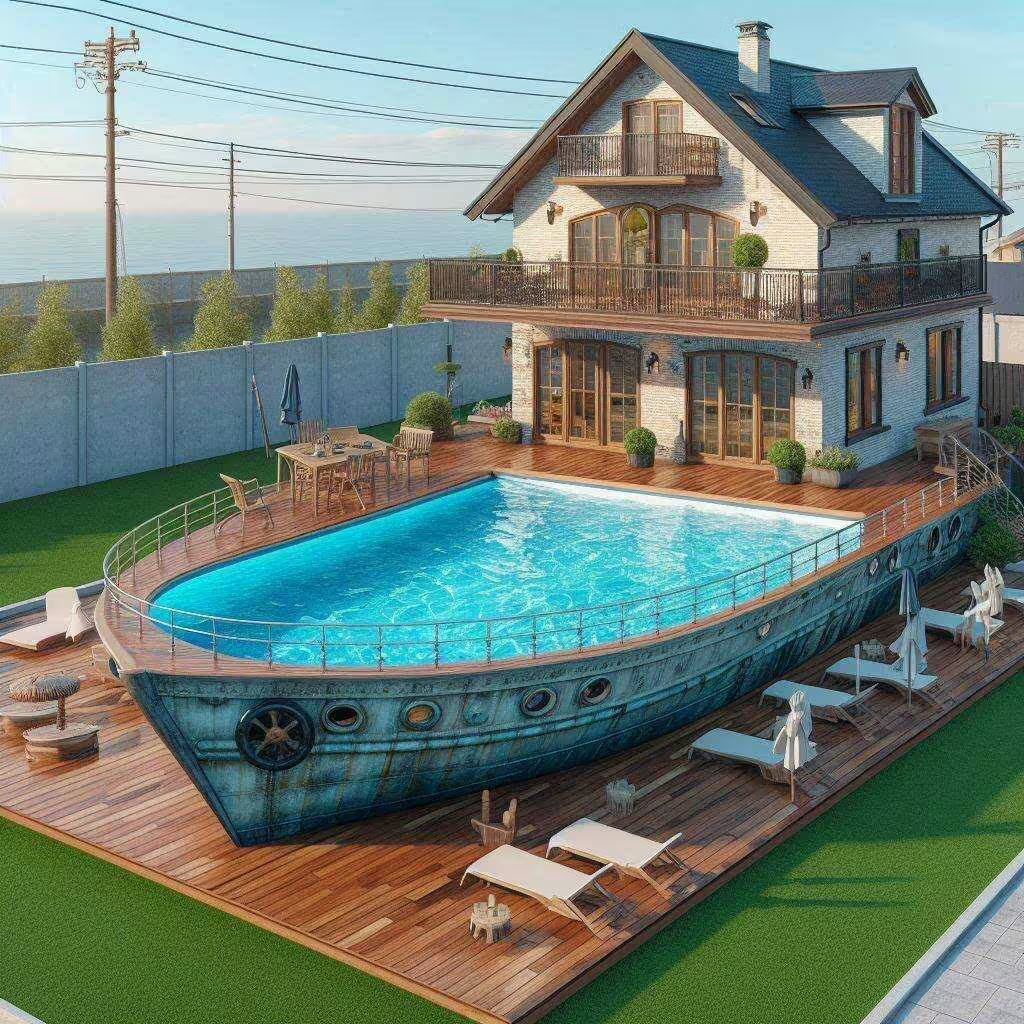
Installing Safety Features
Consider installing safety features such as pool alarms, fences, or covers to enhance safety, especially if you have young children or pets.
Upgrading Lighting
Enhance nighttime ambiance and safety with energy-efficient LED pool lighting. Modern lighting options can also improve visibility for nighttime swimming.
Creating a Relaxing Atmosphere
Add landscaping, furniture, and decor around your pool to create a welcoming and relaxing environment for family and guests.
Advanced Techniques for Exceptional Pool Maintenance
Utilize Robotic Pool Cleaners
Invest in a robotic pool cleaner to automate and enhance your cleaning routine. These devices efficiently scrub and vacuum the pool floor, walls, and waterline, reducing manual effort and improving overall cleanliness.
Implement a Pool Maintenance Schedule
Create a detailed maintenance schedule outlining tasks such as skimming, vacuuming, chemical testing, and equipment inspection. Adhering to a schedule ensures consistency and prevents neglect of essential maintenance tasks.
Monitor Water Evaporation
Keep track of water levels to monitor for excessive evaporation. Use a pool water leveler or automatic fill device to maintain consistent water levels and prevent strain on the pump and filtration system.
Consider Alternative Sanitization Methods
Explore alternative sanitization methods such as saltwater chlorination or UV sanitizers. These options can provide effective water treatment while reducing the use of traditional chemicals like chlorine.
Educate Pool Users
Educate family members and guests about pool safety and proper etiquette. Encourage them to follow rules such as showering before swimming, avoiding glass containers near the pool, and refraining from diving in shallow areas.
Sustainable Practices for Eco-Friendly Pool Ownership
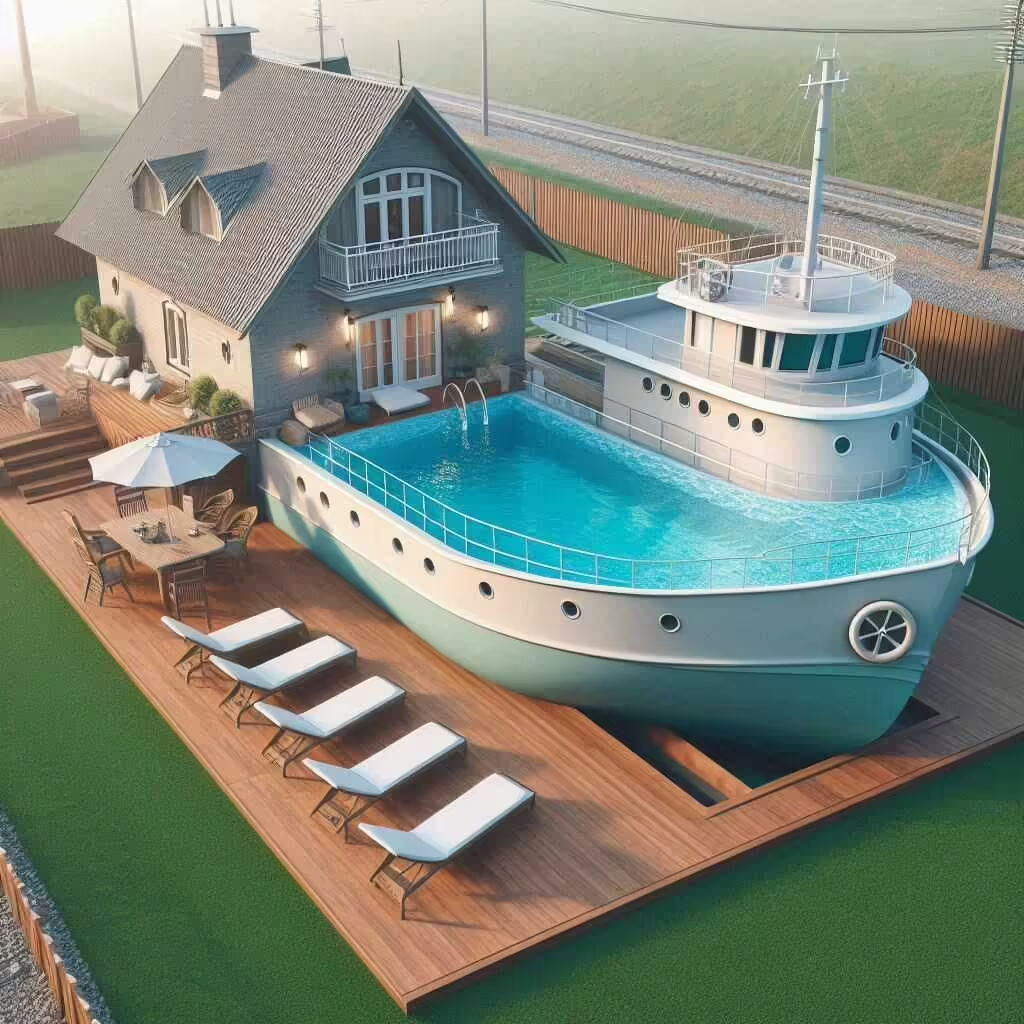
Optimize Pool Heating Efficiency
Install a pool cover to minimize heat loss and reduce heating costs. Additionally, consider solar heating systems or heat pumps for eco-friendly heating alternatives.
Minimize Chemical Usage
Use chemical products sparingly and choose environmentally friendly options when possible. Maintain proper water balance to reduce the need for excessive chemical treatment.
Promote Water Conservation
Implement water-saving practices such as repairing leaks promptly, using a pool cover to minimize evaporation, and avoiding overfilling the pool.
Regularly Clean and Maintain Surrounding Landscaping
Ensure that landscaping around the pool is well-maintained to prevent debris from entering the water. Trim trees and shrubs regularly to minimize leaves and pollen that can contribute to pool maintenance challenges.
Participate in Pool Maintenance Courses
Attend pool maintenance courses or workshops to expand your knowledge and skills. Learn advanced techniques for troubleshooting and optimizing pool performance from industry experts.
Troubleshooting Common Pool Issues
Dealing with Persistent Stains
If you notice stains on pool surfaces, identify the type of stain (e.g., metal, organic) and use appropriate stain removers or treatments. Consider brushing and applying a stain-specific product to effectively remove and prevent future staining.
Managing High Total Dissolved Solids (TDS)
Monitor TDS levels in your pool water, which can increase over time due to chemical buildup, debris, and environmental factors. Use a professional TDS meter to measure levels periodically and consider partial water replacement to maintain water quality.
Handling pH Drift
If pH levels fluctuate frequently despite regular maintenance, inspect for potential sources of pH imbalance, such as environmental debris or equipment malfunction. Adjust chemical treatments accordingly and consider installing a pH stabilizer for consistent pH control.
Addressing Saltwater System Maintenance
For pools equipped with saltwater chlorination systems, regularly inspect and clean salt cells to ensure optimal chlorine production. Monitor salt levels and adjust as needed to maintain efficient sanitization.
Troubleshooting Pump and Filter Issues
If your pump or filter experiences reduced efficiency or unusual noises, check for clogs, leaks, or worn-out parts. Clean or replace filters as recommended by the manufacturer and schedule professional maintenance for complex issues.
Enhancing Pool Aesthetics and Functionality
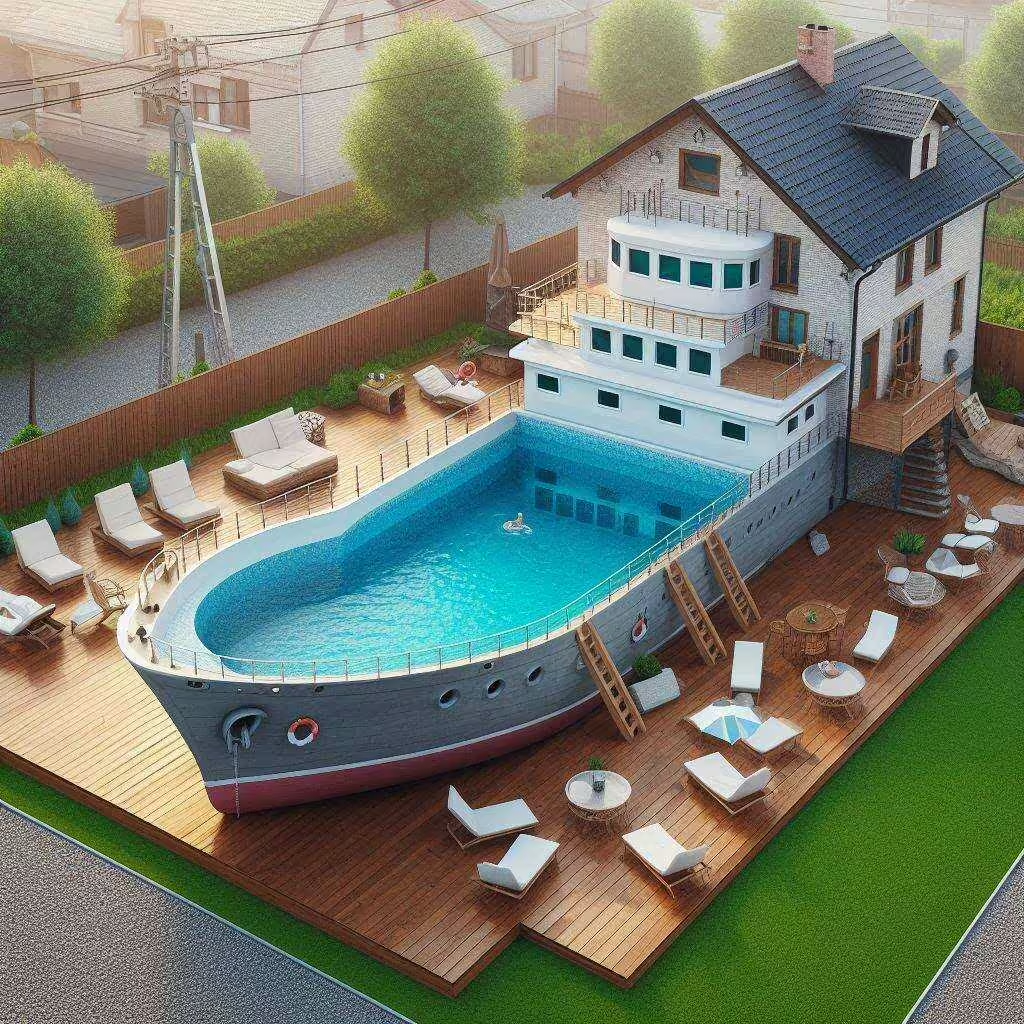
Upgrading Pool Technology
Explore smart pool technologies such as automated controls, remote monitoring systems, and energy-efficient equipment. These advancements improve convenience, efficiency, and overall pool management.
Incorporating Water Features
Enhance your pool’s visual appeal and ambiance by adding water features such as fountains, waterfalls, or decorative jets. These features can also improve water circulation and aerate the pool for better water quality.
Creating a Poolside Oasis
Design a comfortable and inviting poolside area with stylish furniture, shade structures, and outdoor amenities. Consider incorporating landscaping elements like plants, lighting, and outdoor speakers for a personalized oasis experience.
Seasonal Pool Preparation
Prepare your pool for each season by adjusting maintenance tasks and treatments accordingly. This includes winterizing procedures to protect equipment and surfaces from cold weather and preparing for increased pool usage during summer months.
Monitoring Pool Trends and Innovations
Stay informed about emerging trends and innovations in pool design, technology, and maintenance practices. Explore new products, techniques, and sustainable solutions to continually improve your pool ownership experience.
Conclusion
Maintaining a Ship Shape Swimming Pool involves proactive management of various challenges, from water chemistry to equipment maintenance and safety considerations. By staying vigilant, addressing issues promptly, and enhancing the pool environment, you can ensure that your swimming pool remains a source of joy, relaxation, and pride for years to come.
